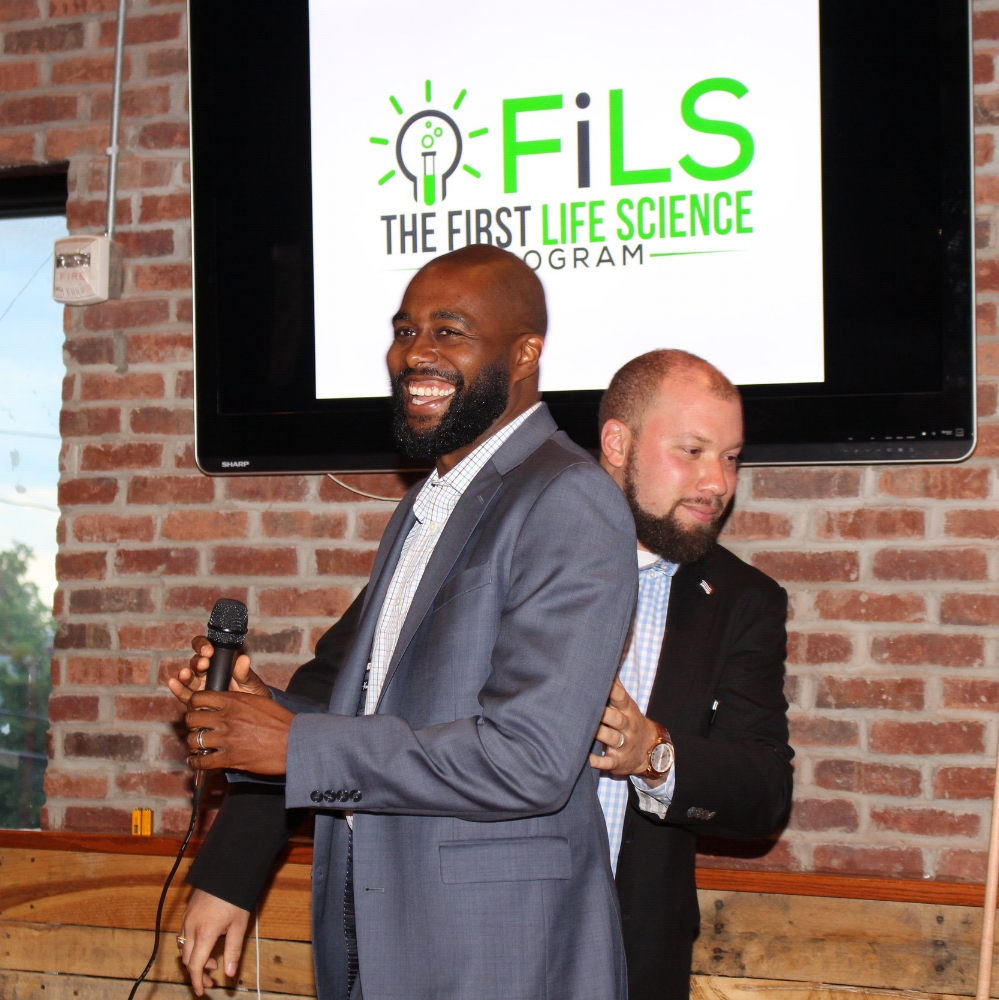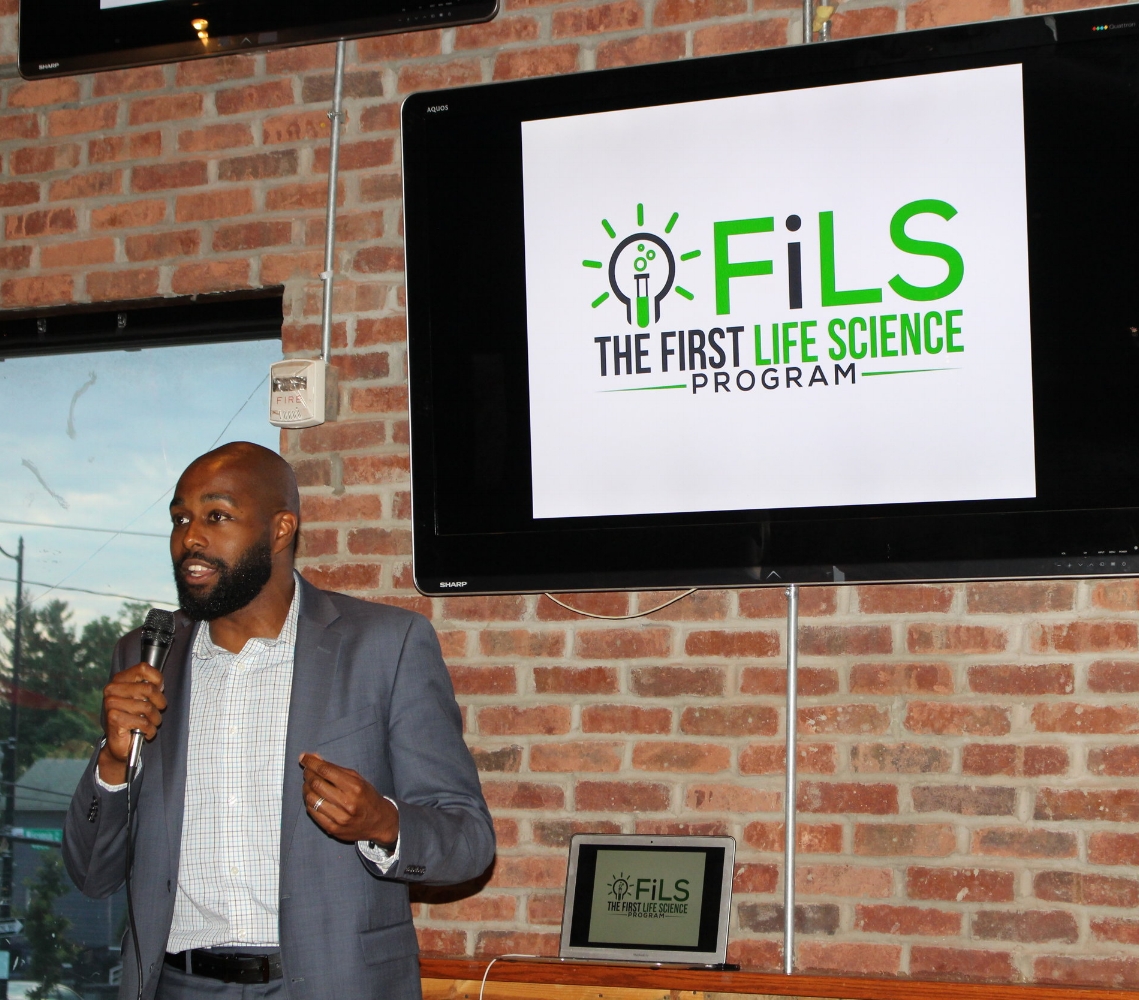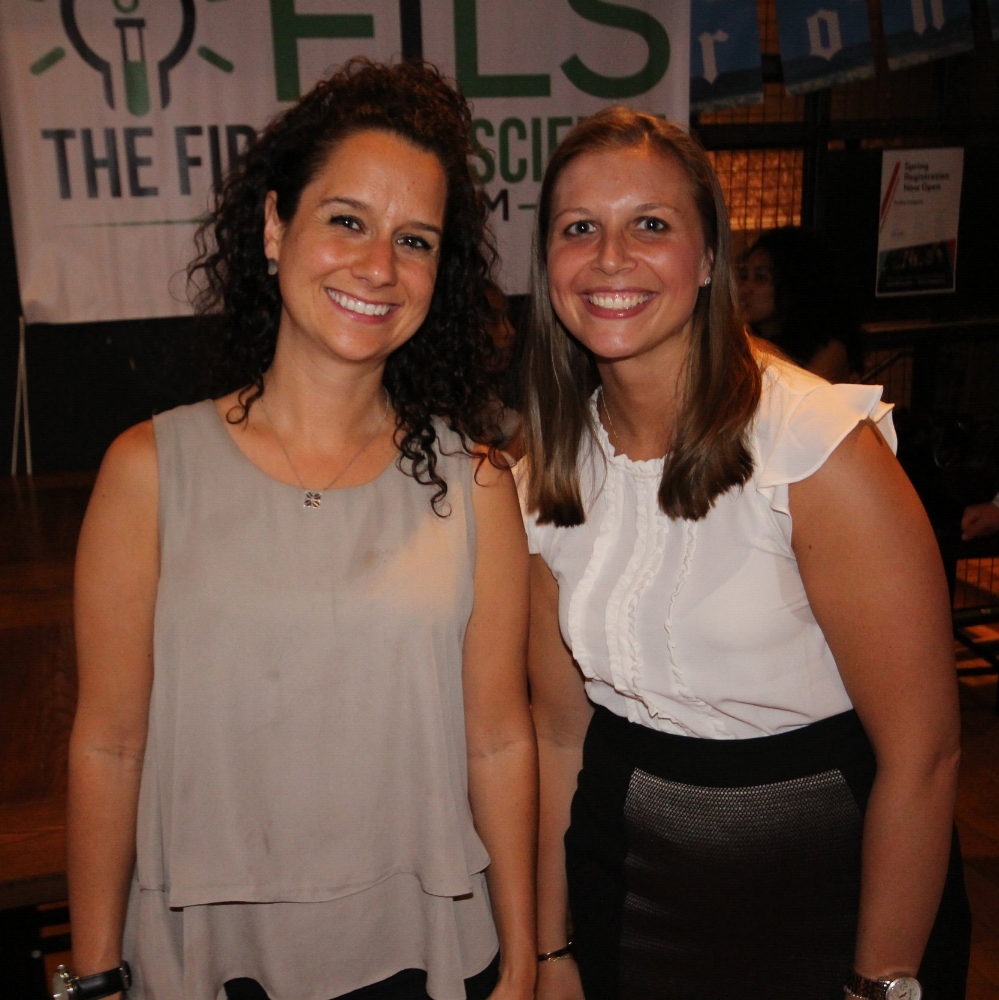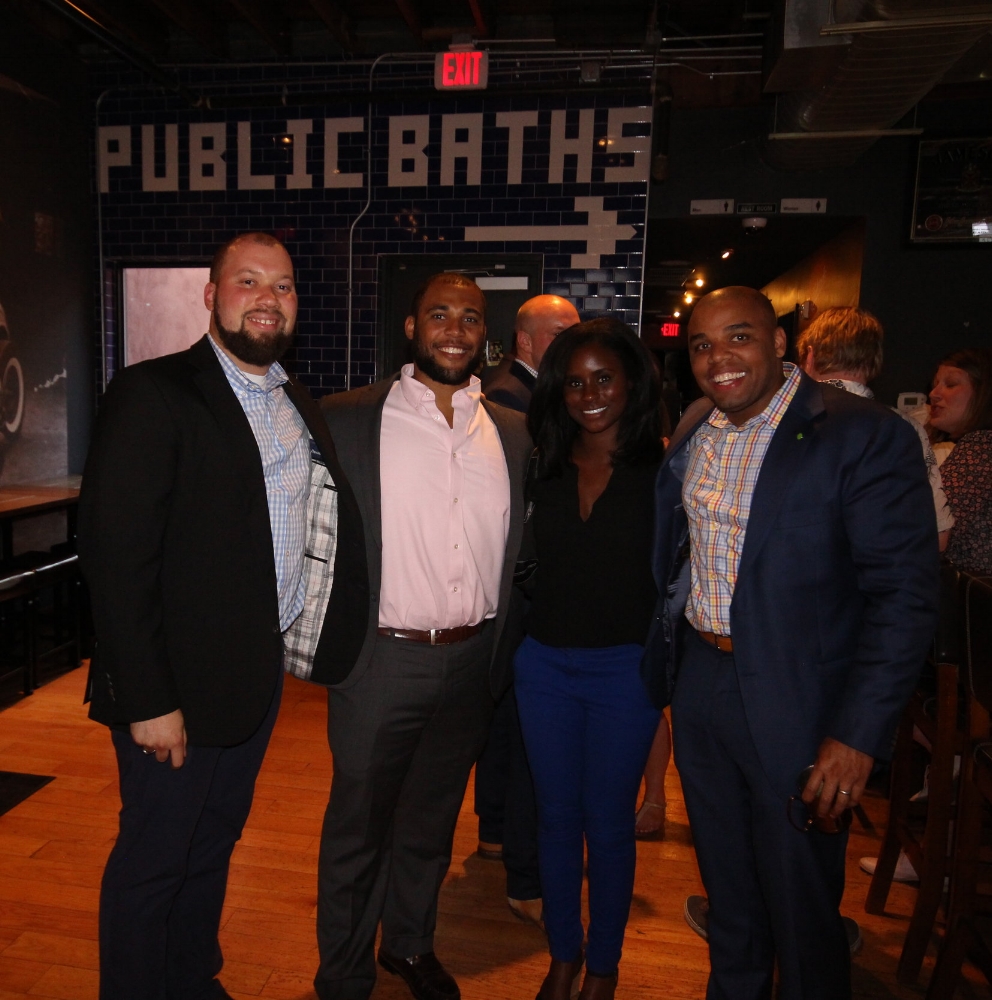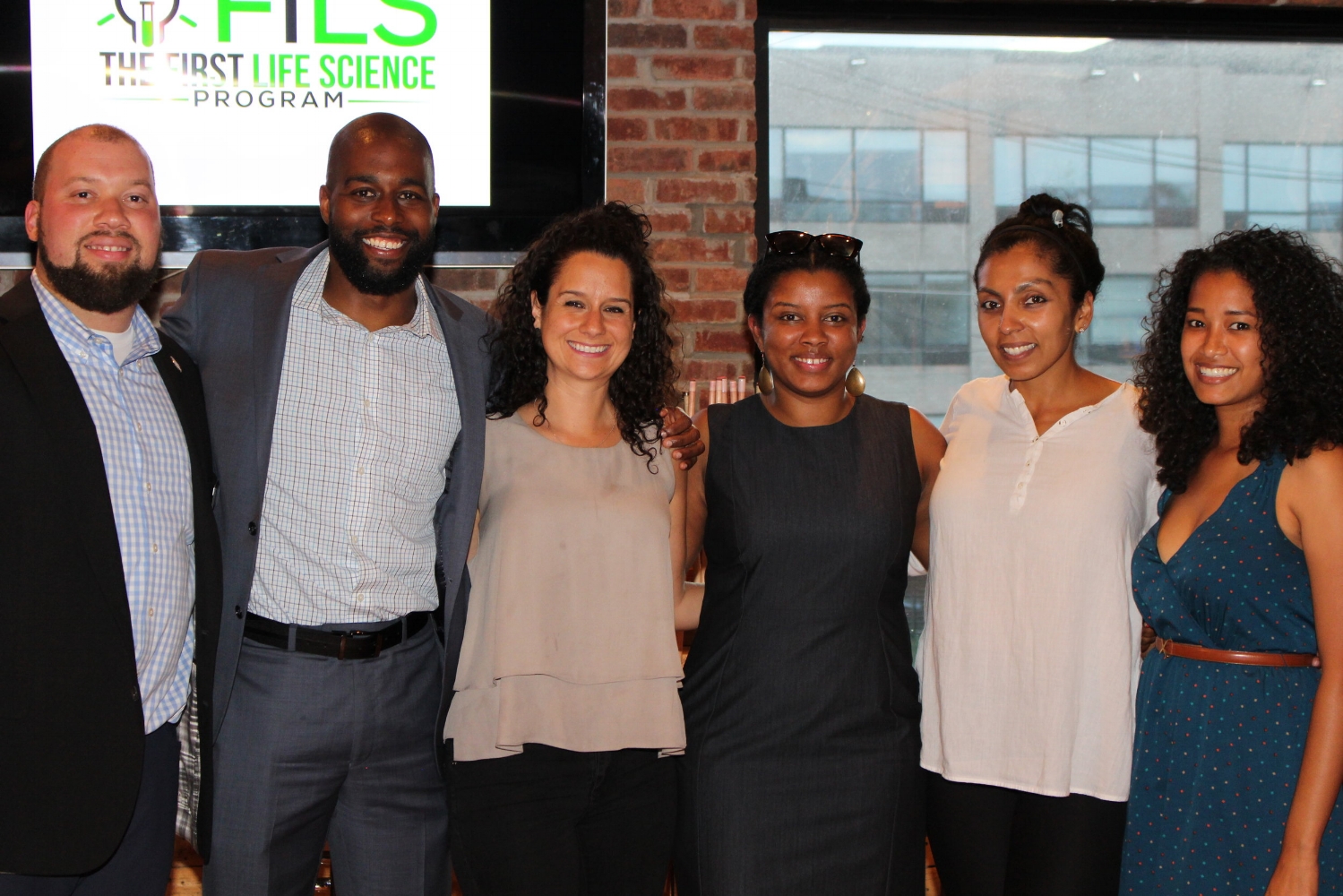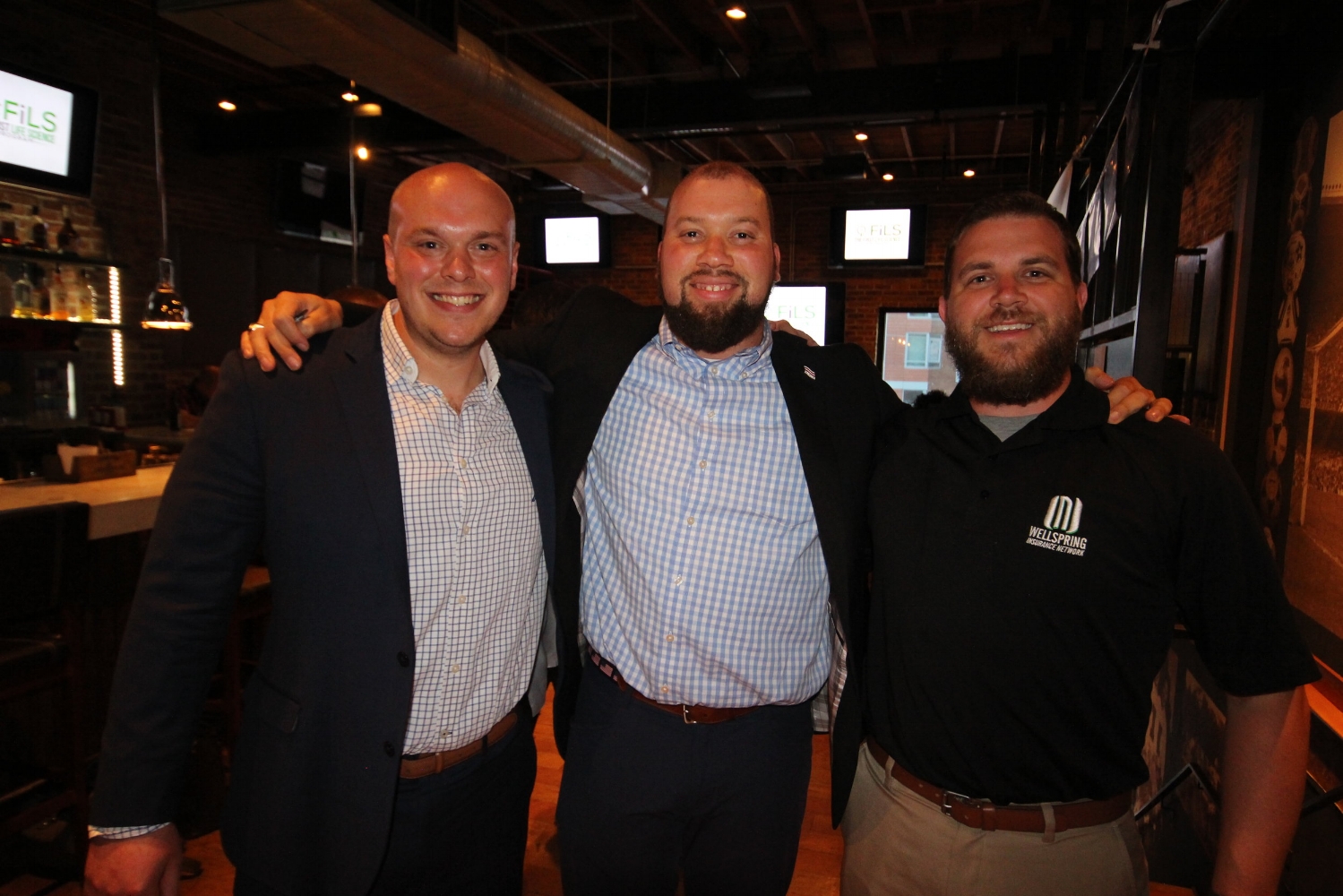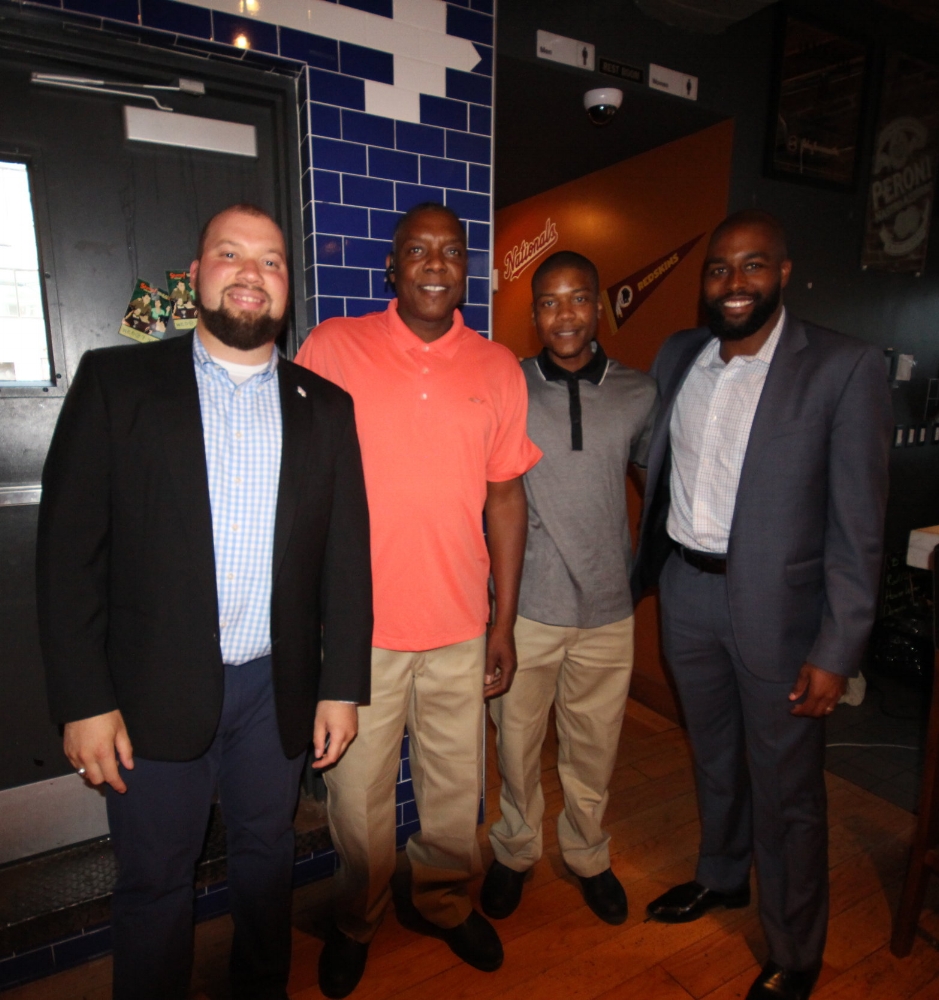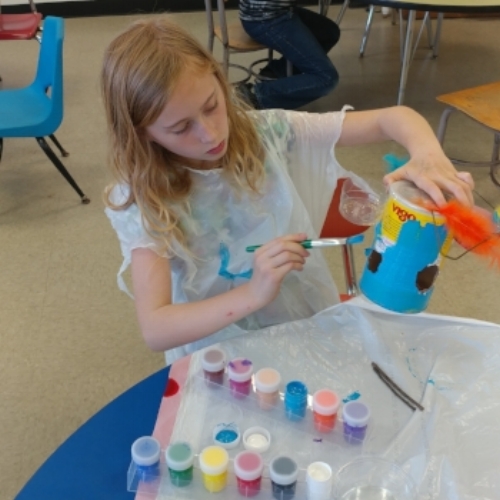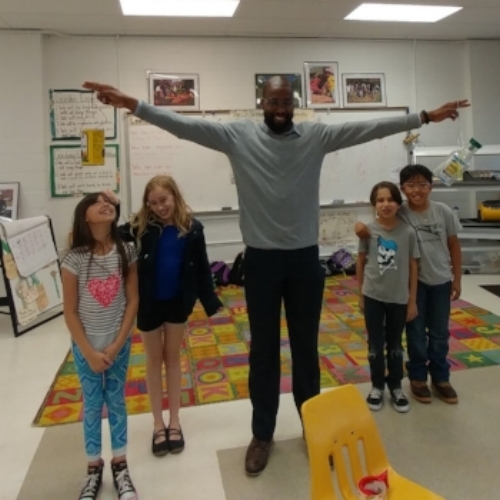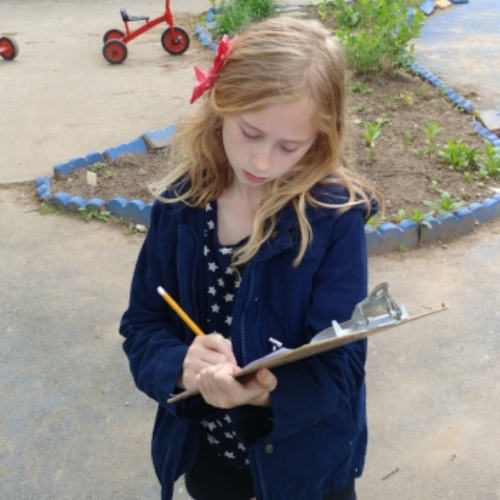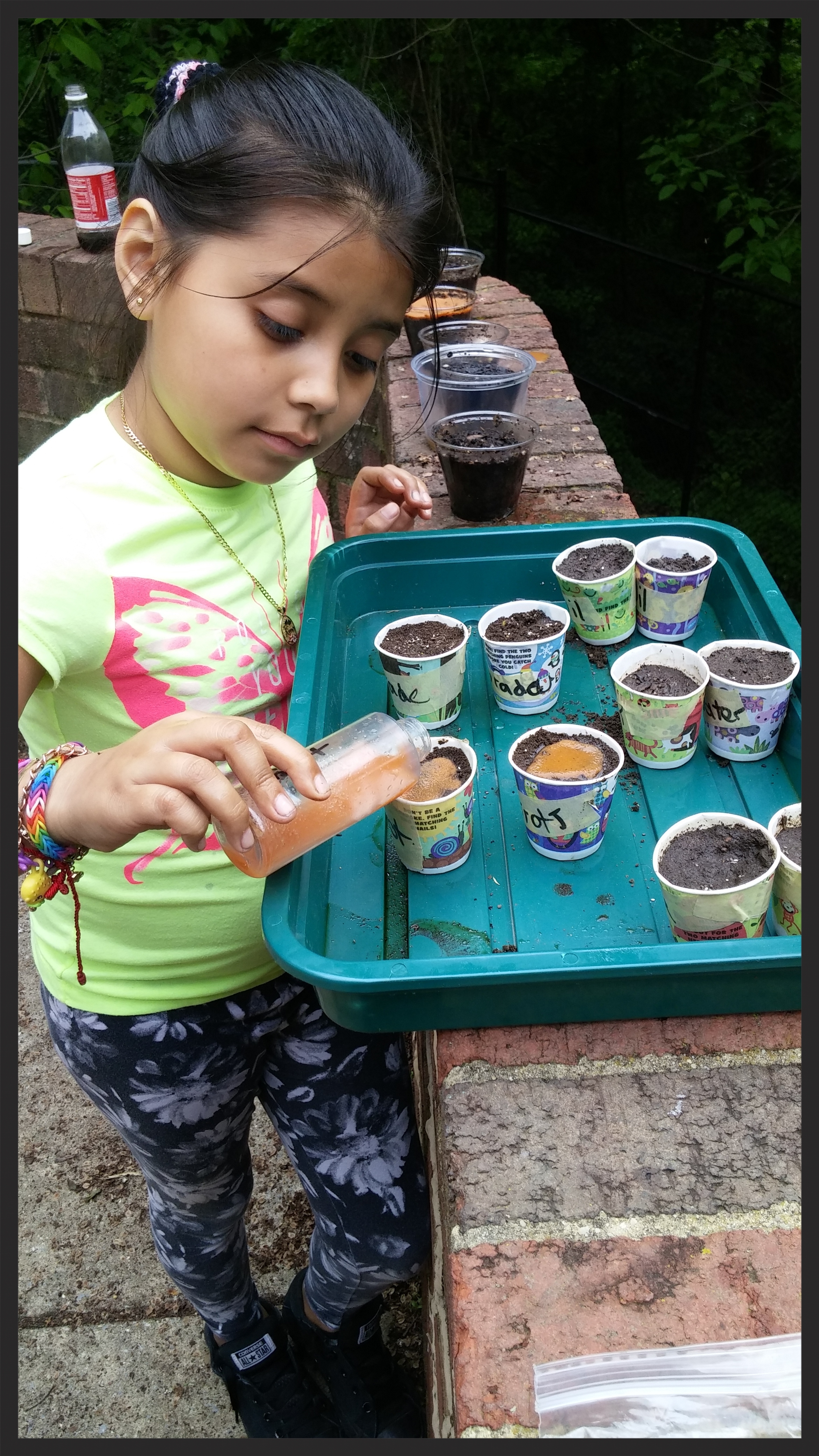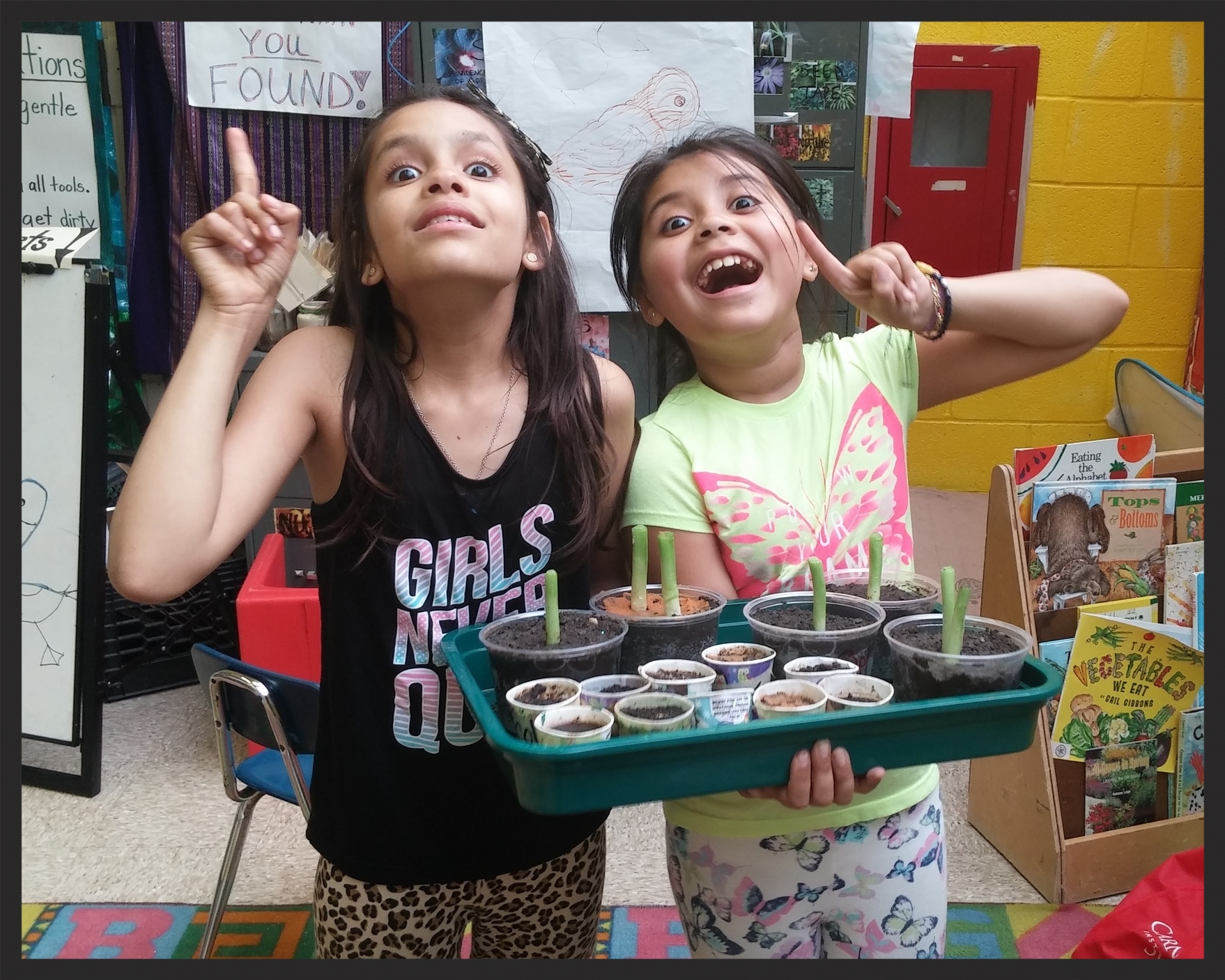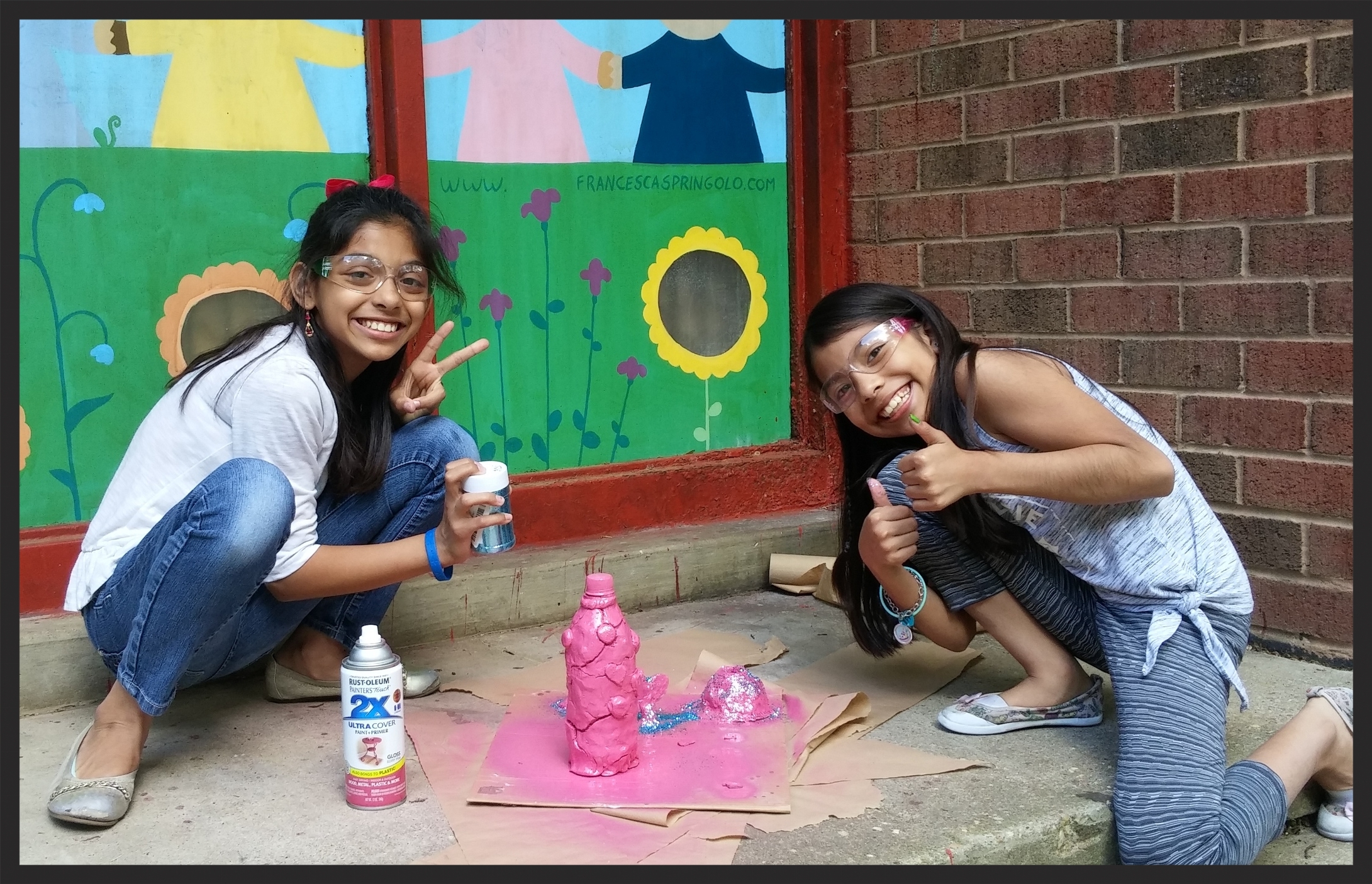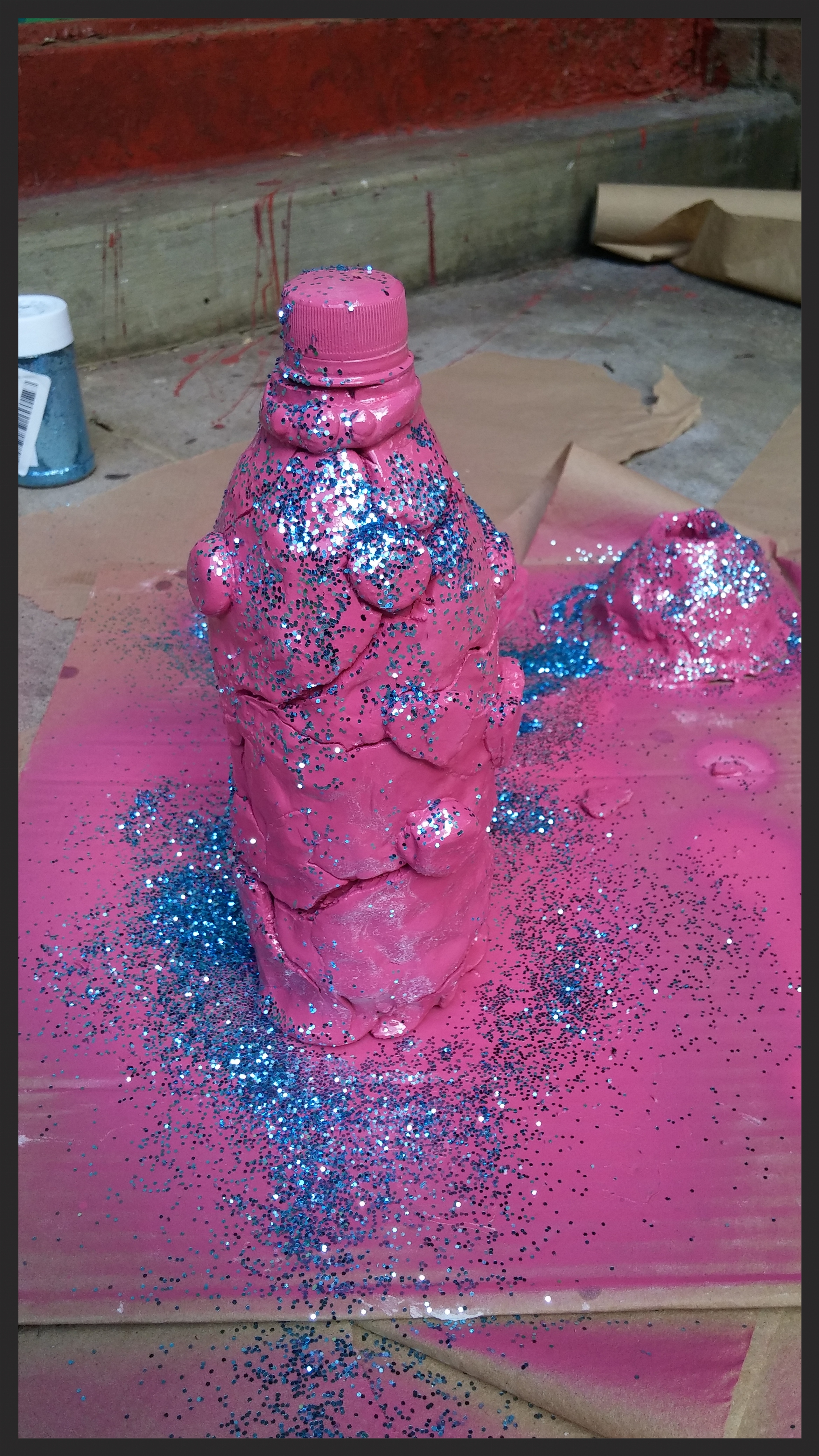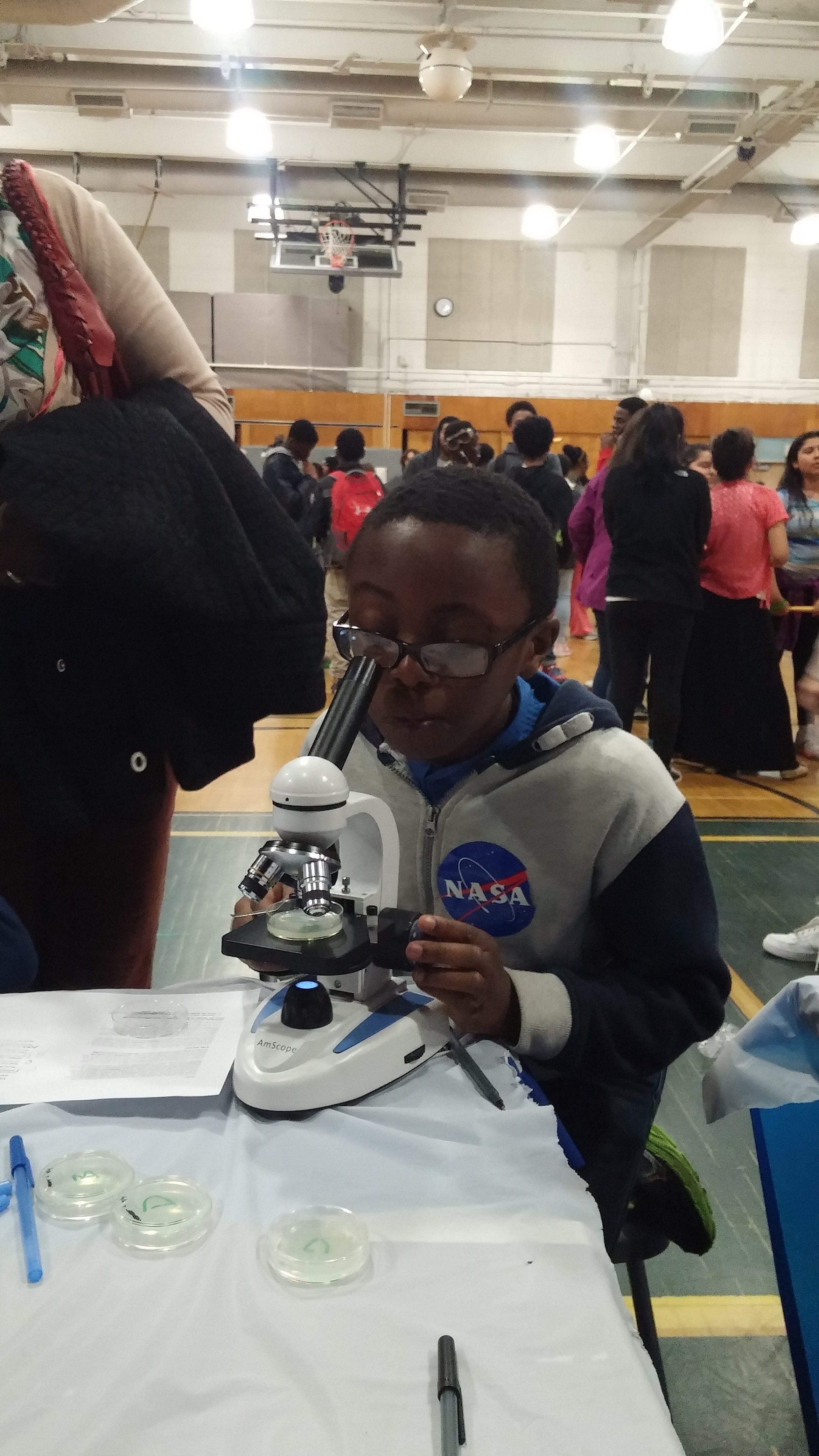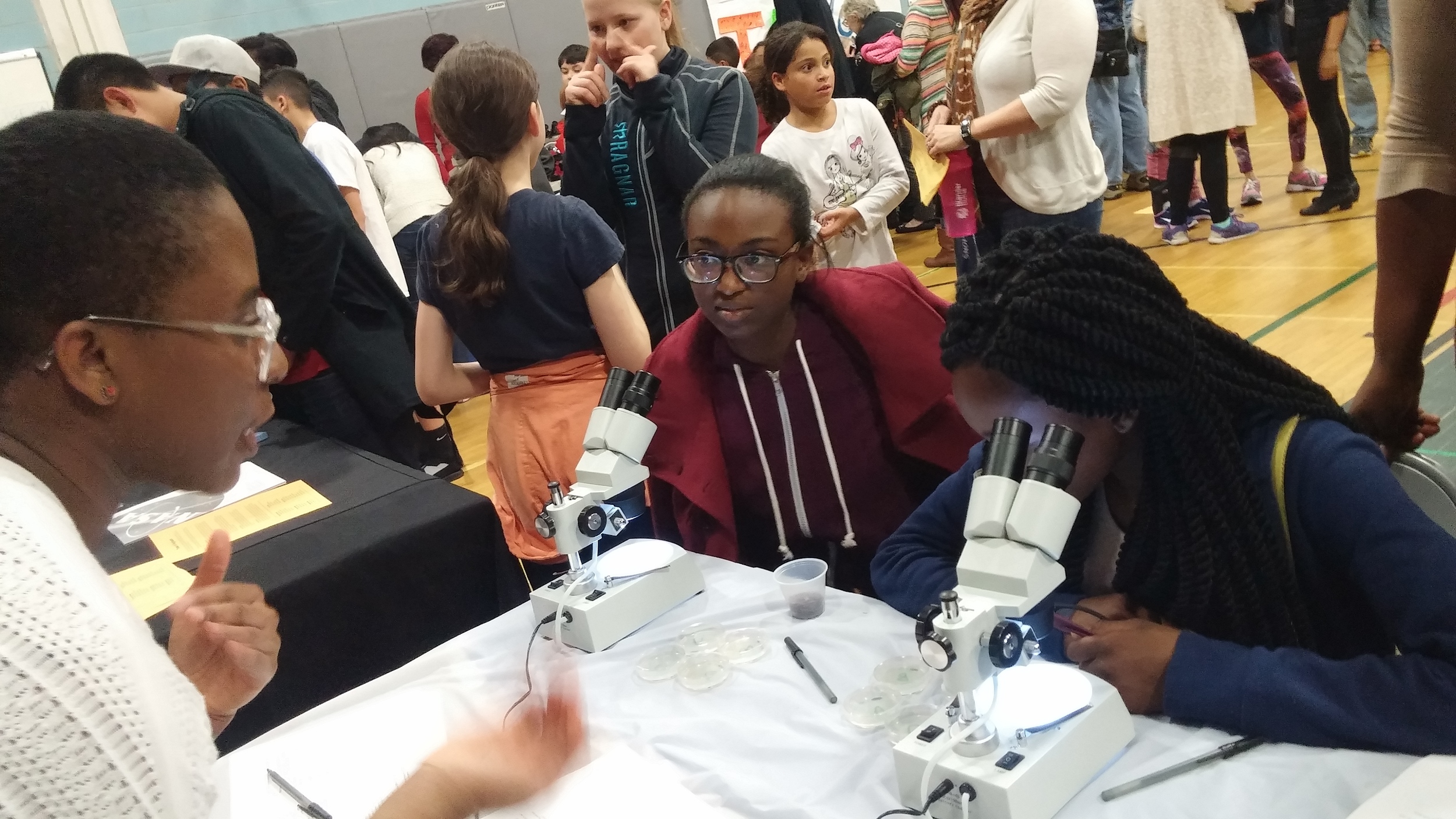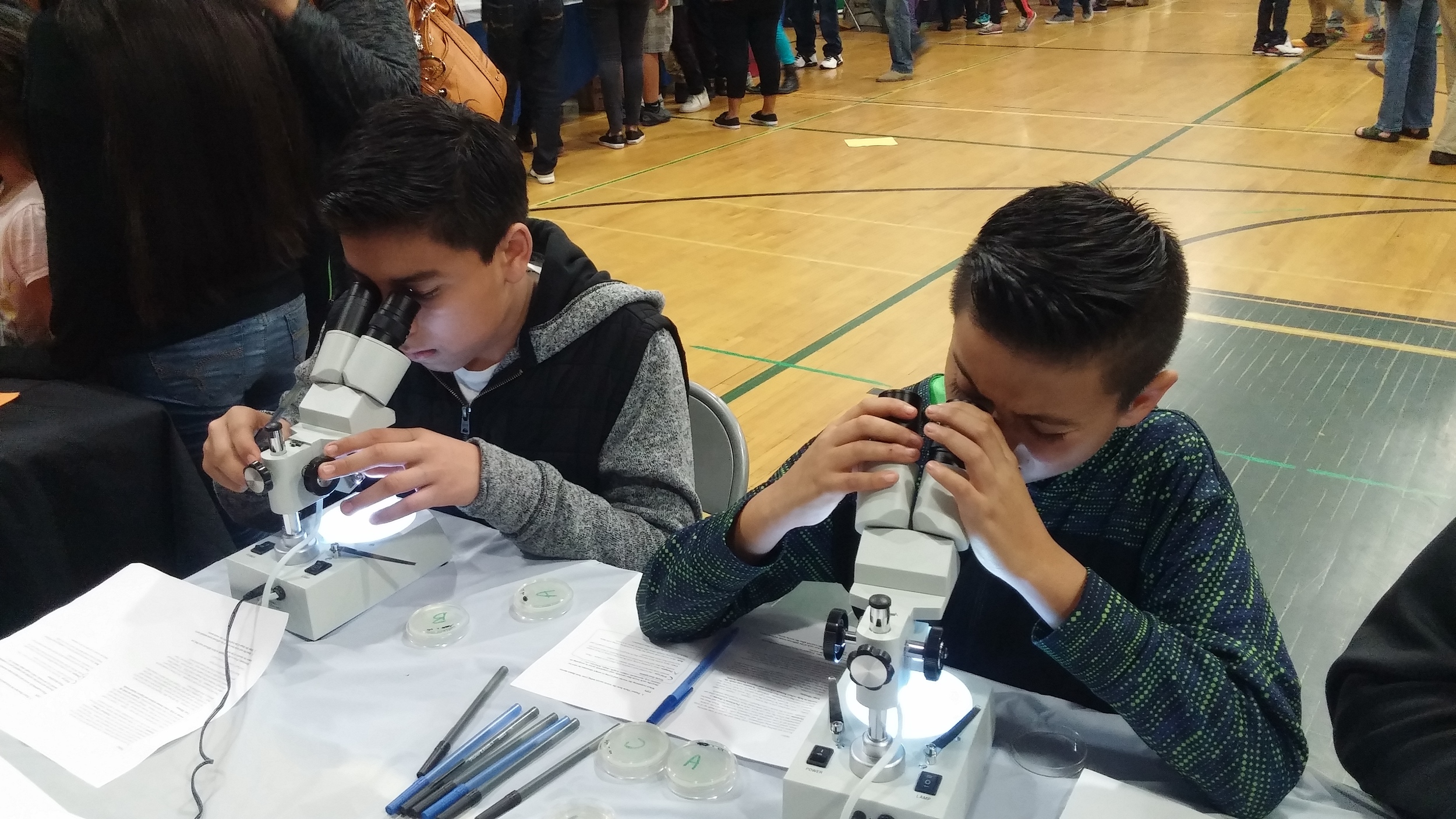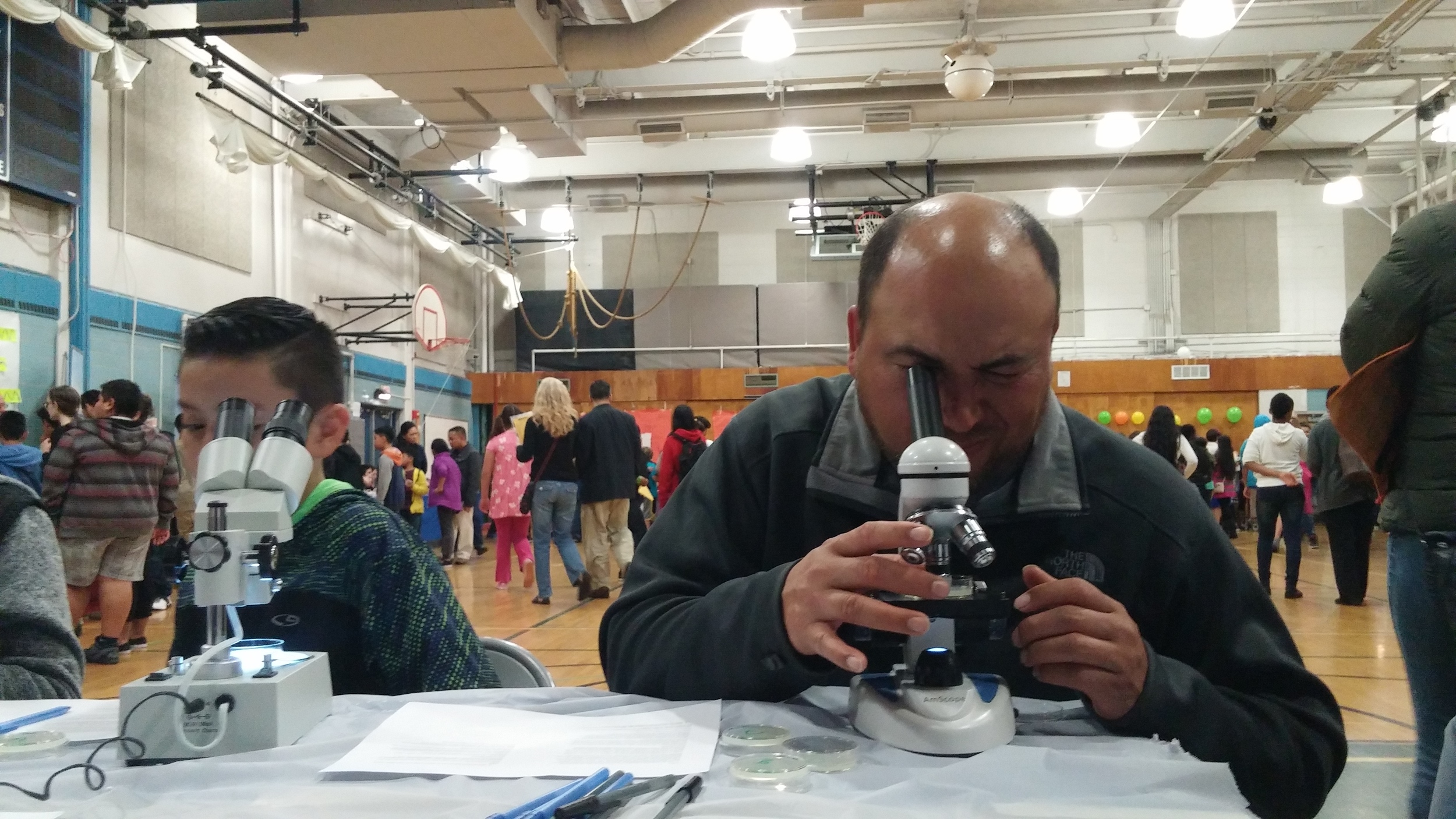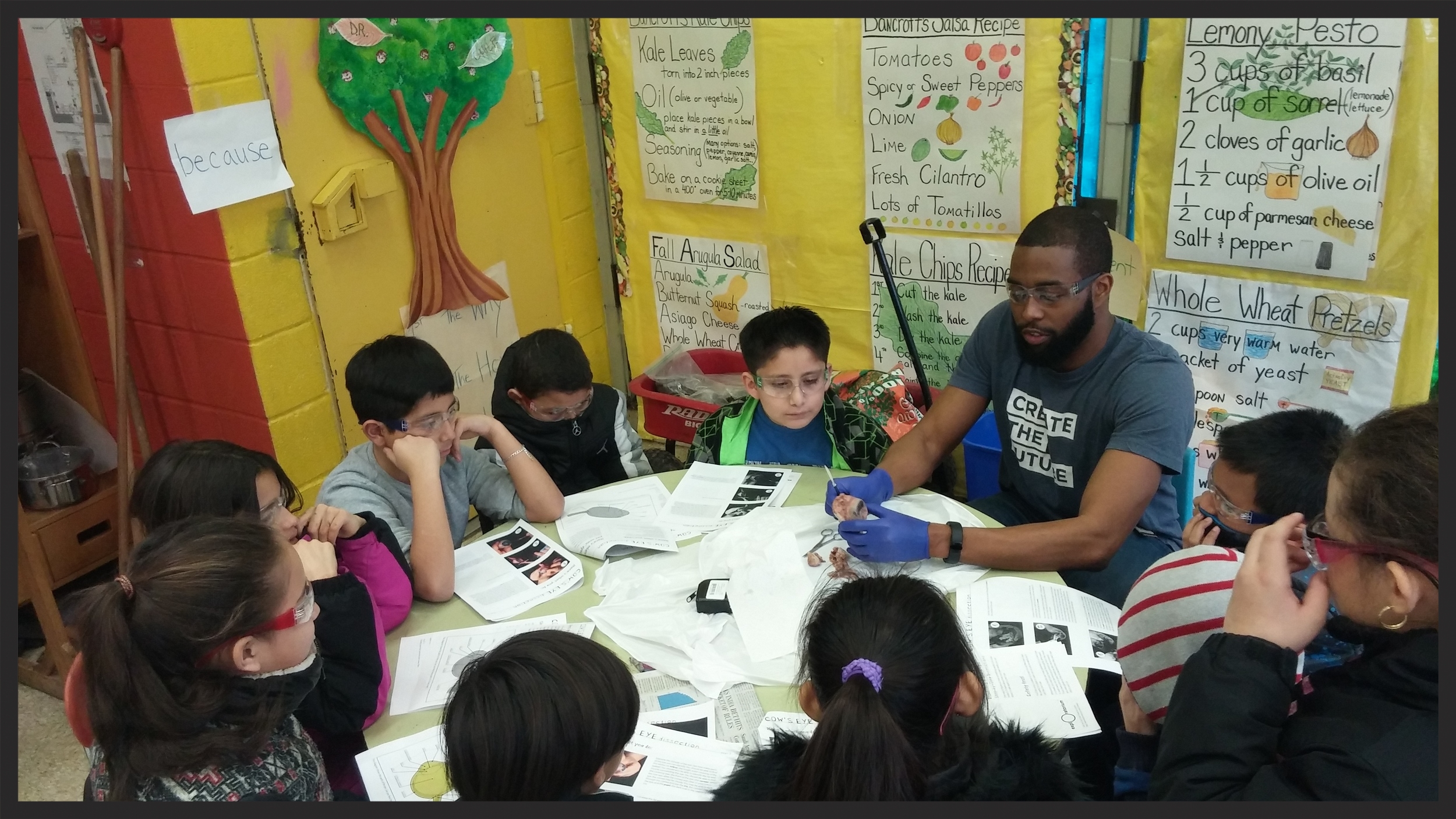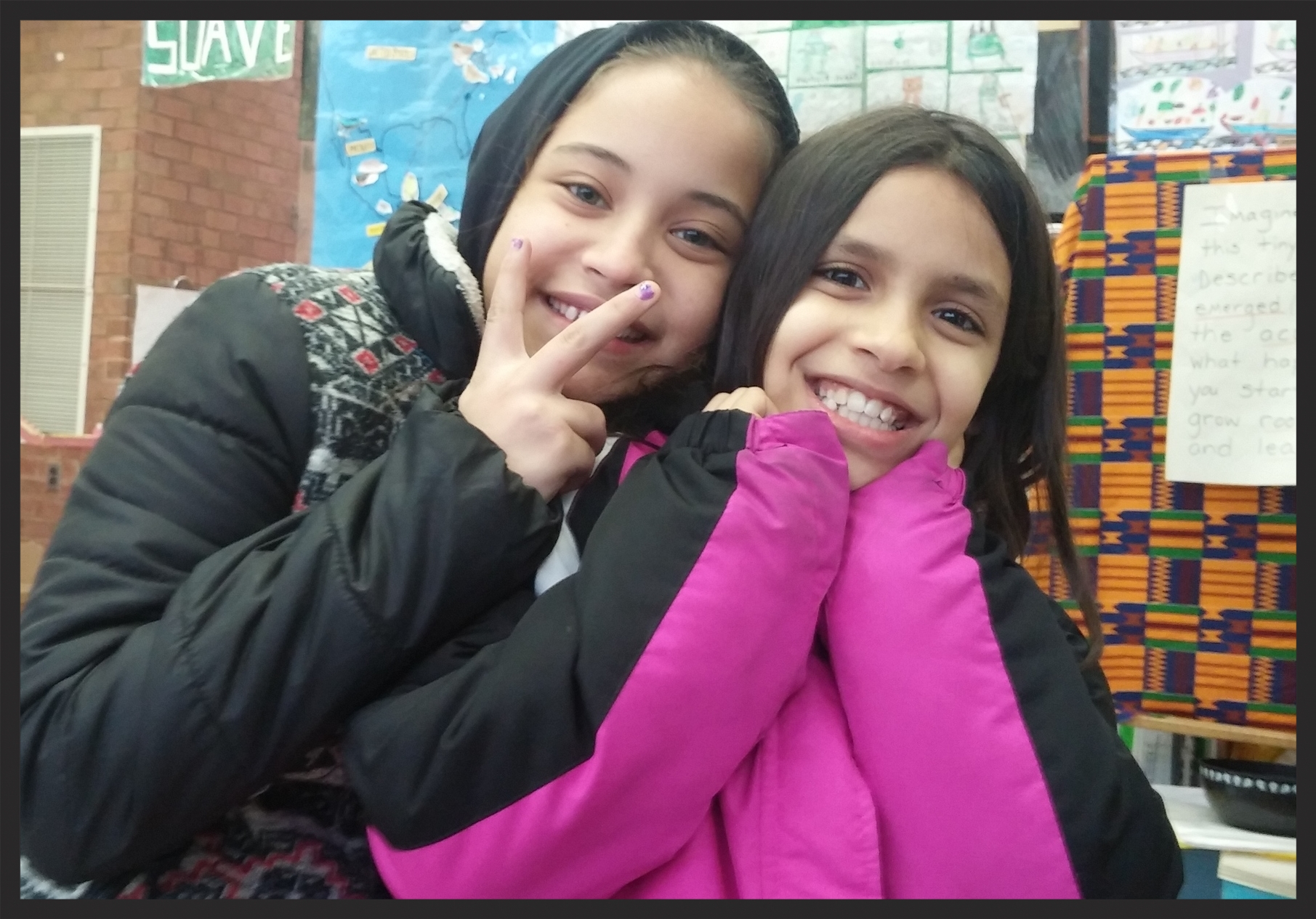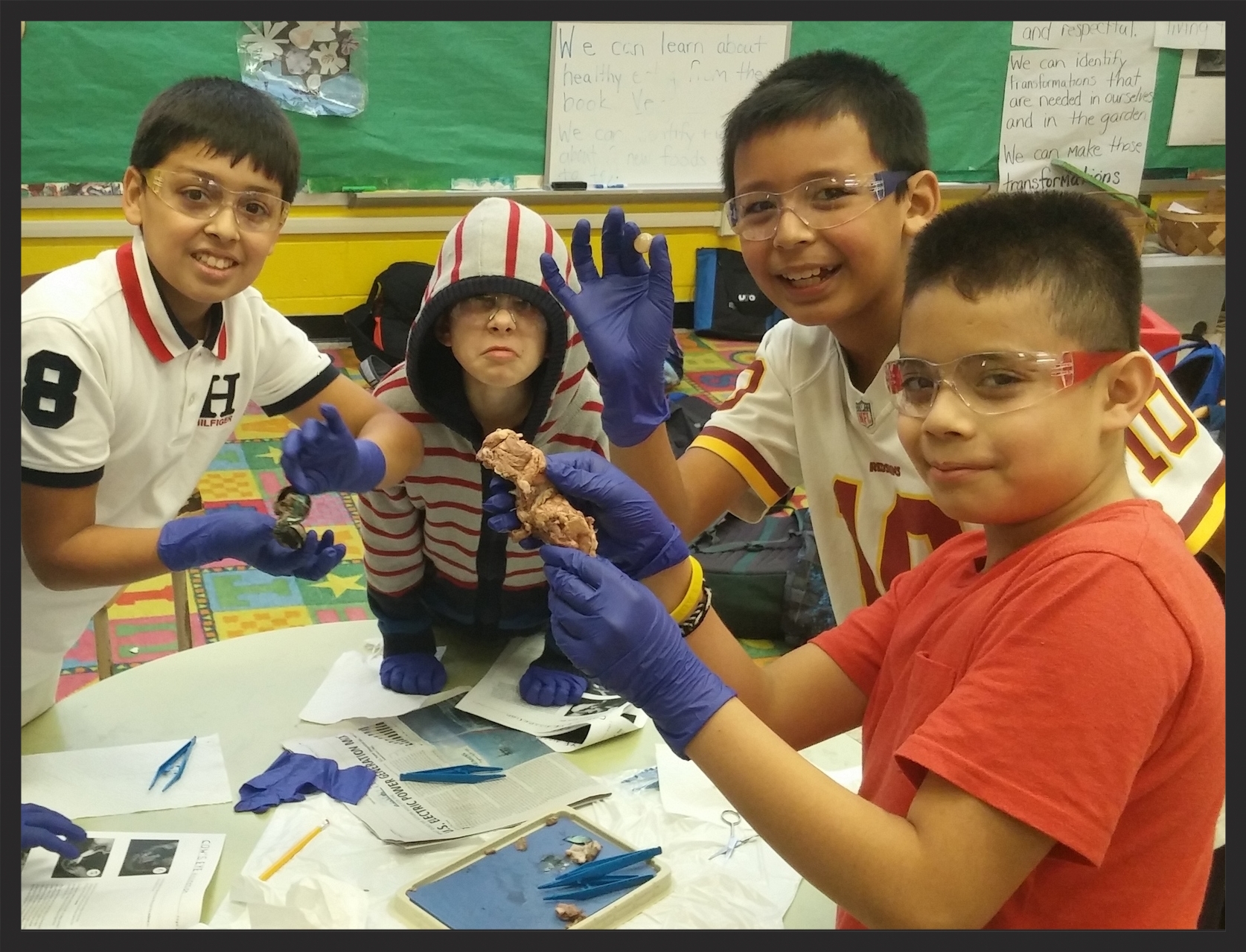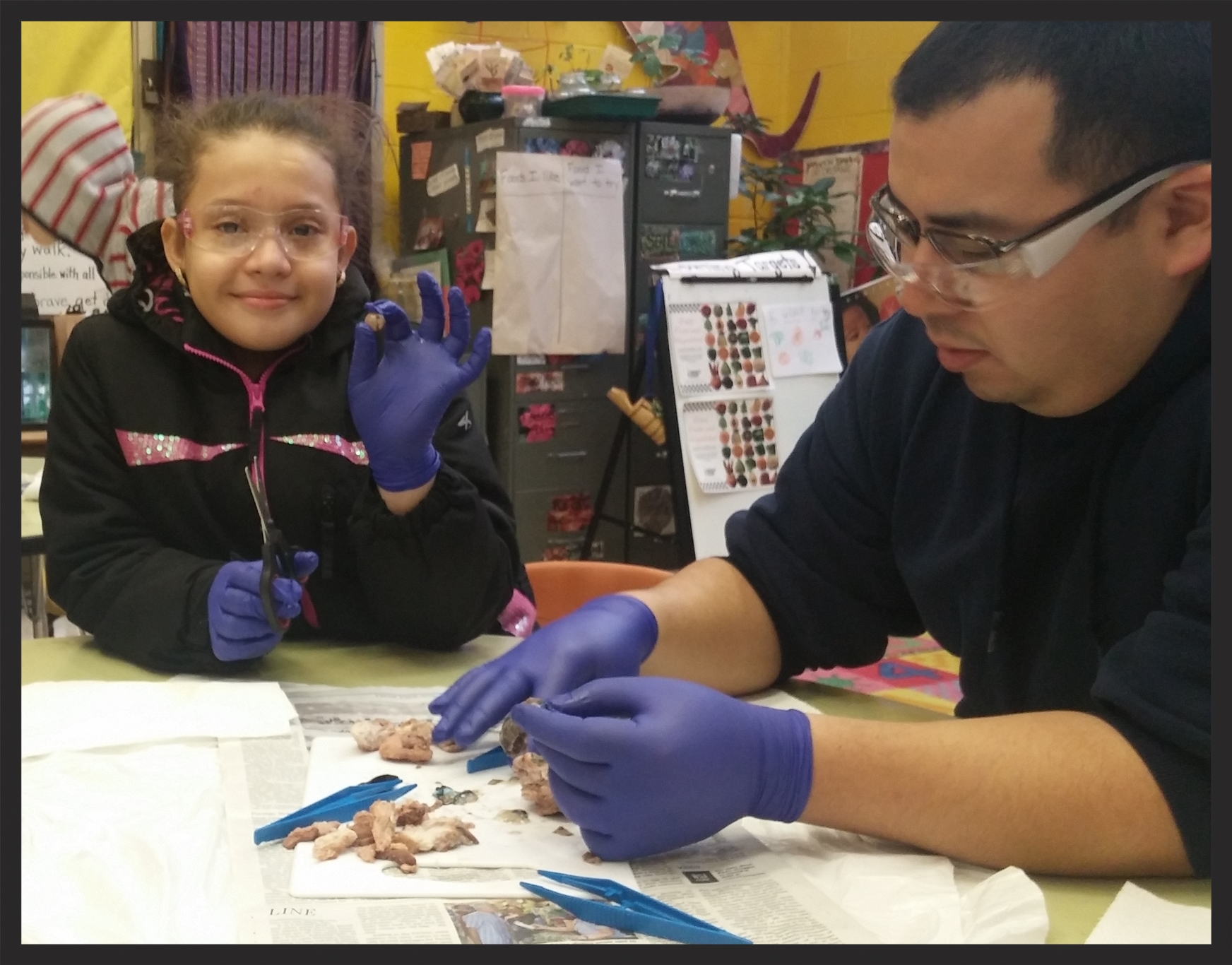The First Life Science Program had its first in-person fundraising event on June 21, 2017. The event was held during the Harrison Beacher Group Client Appreciation Happy Hour at Tenley Bar & Grill in Washington, DC. FiLS Director, Dr. Christopher Williams spoke briefly on the importance of having elementary school students take part in STEM education activities. During his speech he said,
“I have always thought if we really want to change the way students think about science and ultimately change the way they view themselves, it is best that we start early and that is exactly what FiLS does…FiLS helps students discover and strengthen their natural curiosity through physically and mentally engaging activities that build self-confidence. We want the students to grow into adults that are capable of making informed decisions for themselves and their families.”
If you are interested in volunteering or partnering with The FiLS Program, please email us at Contactus@FiLSProgram.org. If you would like to donate to FiLS, please click here where you will be able to donate using PayPal or GoFundMe. Thank you!

